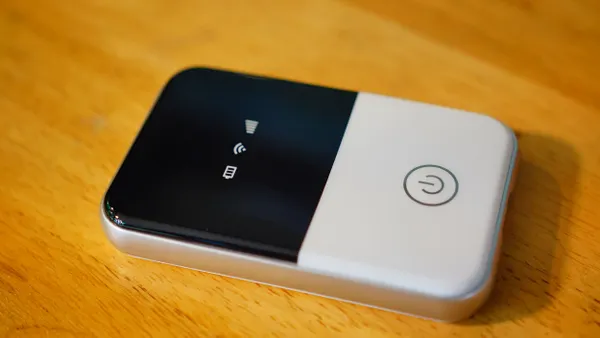Dive Brief:
- Schools appear eager to adopt virtual reality (VR) technology, with 15% of schools in the U.S. expected to have a VR set-up by 2021, according to an analyst for Futuresource Consulting.
- But experts say the jury is still out on how effective VR is as a teaching tool, Education Week reports. Immersive, untethered headsets can cost up to $600, and most content today is entertainment and game-focused. There are also physical issues that VR can trigger from nausea to anxiety from the intense sensory imagery.
- Educators remain excited, though, particularly early adopters who are using the devices on projects such as building virtual sets for theater workshops.
Dive Insight:
Like any new technology, VR is gaining a small, but interested, fan base among educators in the U.S. Just as the educational implications of 3D printers and iPads weren’t immediately known when they first appeared, VR too has its supporters as well as those worried about the tool.
VR can be expensive. Any fully immersive headset can cost more than $1,000, including the high-end gaming PCs needed to host the content. But those prices are starting to drop as VR device makers, including Oculus, are launching headsets that will cost around $200. But educators who use VR today are more likely to turn to cheaper Google Cardboard options, buying headsets that cost as little as a few dollars.
VR’s value to classroom curriculum, however, is still not fully understood. Researchers are not only looking at how the technology could augment, enhance and offset lessons, but also the cognitive effect of placing children in VR environments. While a 2015 study, “Children and Virtual Reality,” found “little difference between pre and post VR play,” among children ages 8 to 12, researchers believe more studying should be done on the impact of VR on “a child’s neuro development.”





 Dive Awards
Dive Awards






